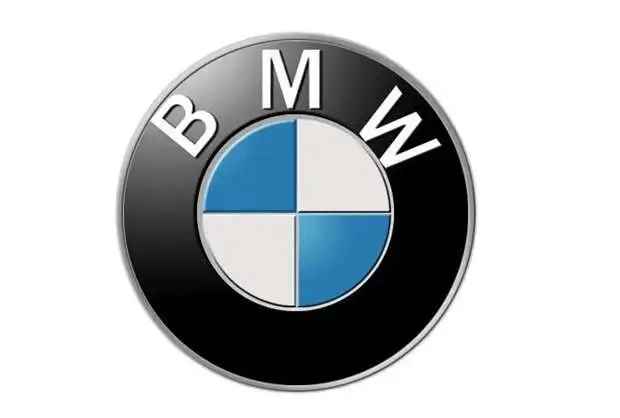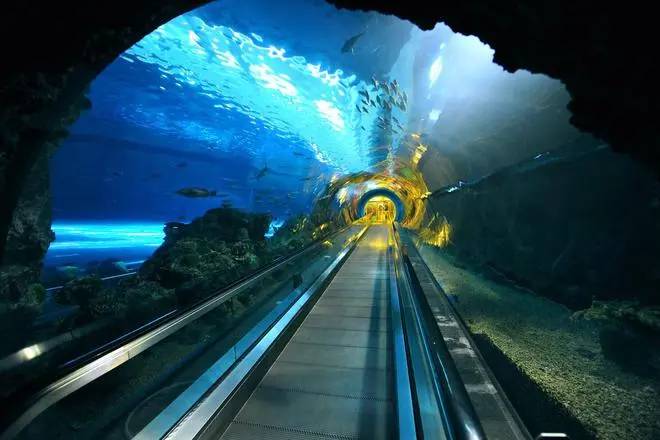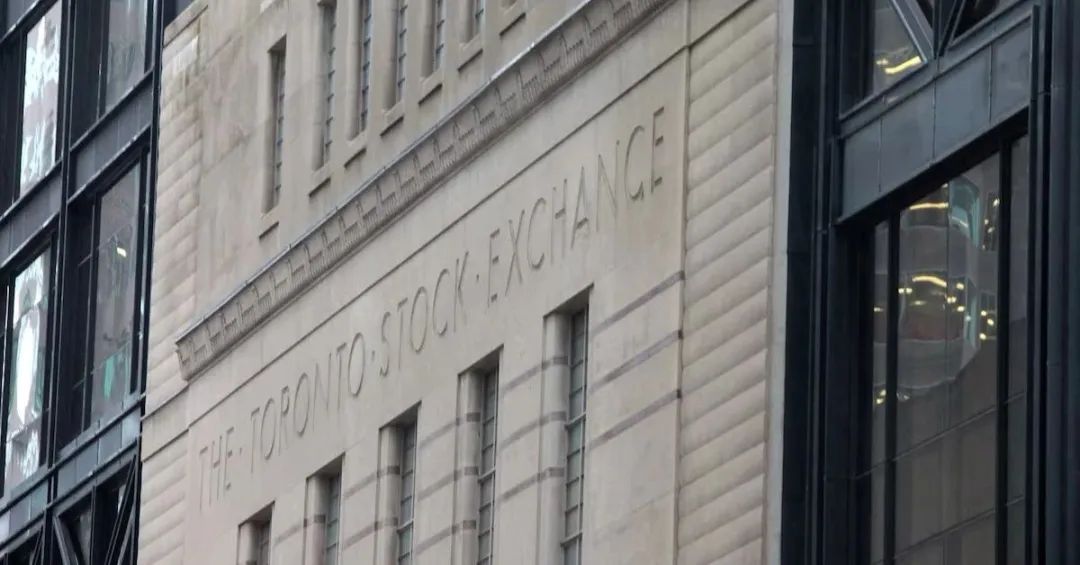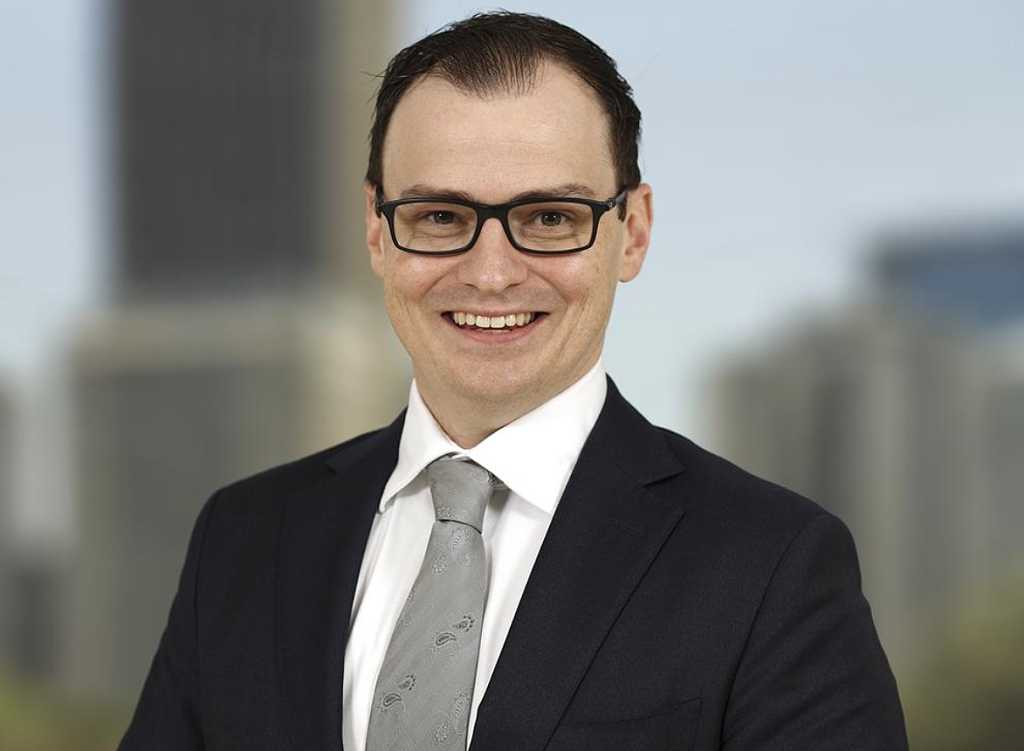The German automotive industry holds a significant position globally, renowned for its vehicles' exquisite craftsmanship, outstanding performance, and profound brand heritage. Here are some of the major German automobile companies:
Introduction to Major German Automobile Companies
The German automotive industry holds a significant position globally, renowned for its vehicles' exquisite craftsmanship, outstanding performance, and profound brand heritage. Here are some of the major German automobile companies:
Volkswagen
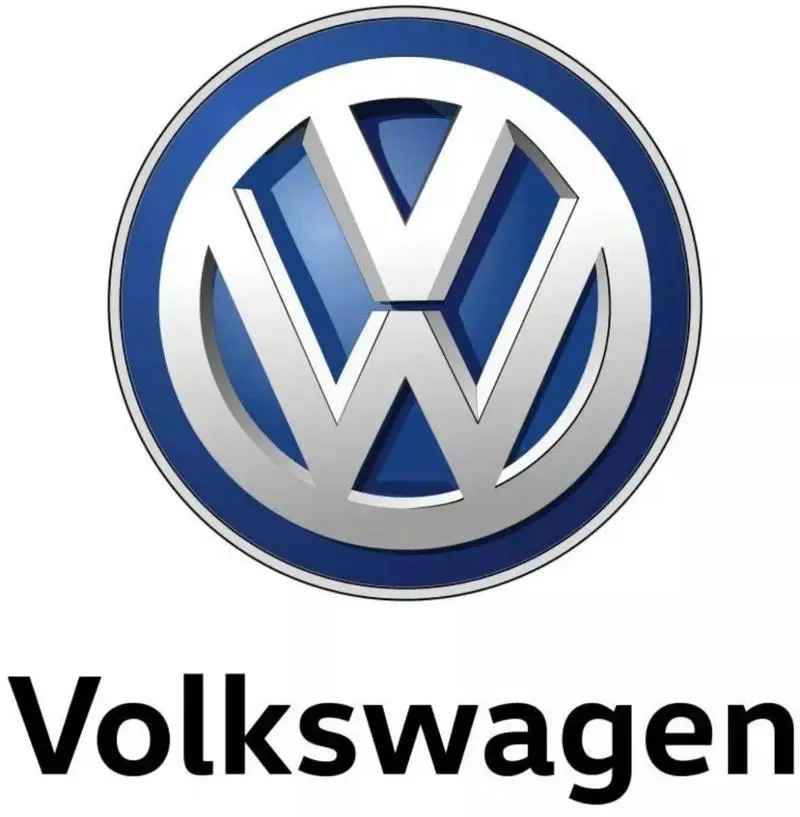
Source: Images from the Internet, if there is any infringement, please contact the removal of
The founder of Volkswagen is Ferdinand Porsche (also translated as Ferdinand Porsche). He is a world-famous automotive design master. In 1909, Ferdinand Porsche established his own automotive company.
After World War I, the German economy declined, and there was a high unemployment rate among workers. In 1934, Ferdinand Porsche submitted a proposal to the government to design and produce automobiles for the German people, which was approved by then German Chancellor Adolf Hitler. In 1937 (or 1938 according to some sources), Volkswagen was officially founded with the aim of manufacturing a popular car model, namely the Volkswagen Beetle. Ferry Porsche, Ferdinand Porsche's son, is also one of the important founders of Volkswagen.
After World War II, Volkswagen was taken over by the British military government. Under the management of Major General Ivan Hirst, Ferry Porsche helped the company rebuild and expand its production scale, and the Beetle model was mass-produced.
Today, Volkswagen belongs to the Volkswagen Group, with its headquarters in Wolfsburg, Germany. It is one of the largest automobile manufacturers in the world, known for its high quality, practicality, and extensive market coverage. Its product line is diverse, covering passenger cars and commercial vehicles, including various models from compact cars to SUVs. The Volkswagen Group owns many well-known brands such as Volkswagen, Audi, Bentley, Skoda, Lamborghini, Bugatti, and Porsche.
In its development history, in December 2016, Volkswagen established a new brand, Moia, to enter the mobility market. On June 26, 2018, the Volkswagen Group transferred 1% of its shares in SAIC Volkswagen to Audi. On June 9, 2020, the Volkswagen Group announced that Herbert Diess, the Group's CEO, would no longer concurrently serve as the CEO of the Volkswagen brand, and the position was taken over by Ralph Brandstätter, the former COO of Volkswagen, effective July 1. On January 31, 2024, the Volkswagen Group announced the establishment of an artificial intelligence laboratory. On December 20, 2024, the Volkswagen Group issued a statement that it had reached an agreement with the labor union on the restructuring plan. According to the agreement, Volkswagen will lay off more than 35,000 employees in Germany by 2030 and reduce the production capacity of German factories. In June 2023, the Volkswagen Group was listed on the Forbes Global 2000 list in 2023, ranking 29th. On January 18, 2024, in the "China's Outstanding Employers 2024" list, the Volkswagen Group (China) won the "China's Outstanding Employer" title for the tenth consecutive year and ranked among the top three in the list for the third consecutive year.
BMW
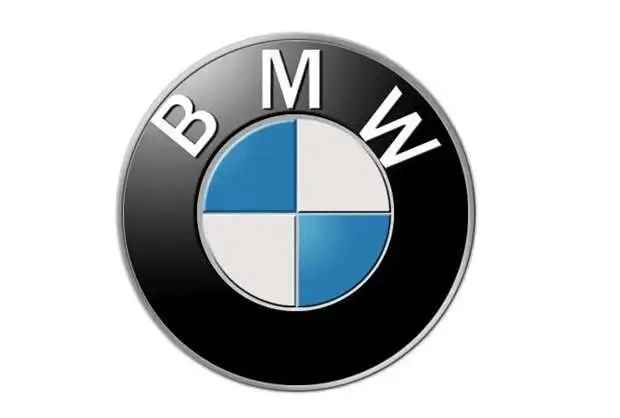
Source: Images from the Internet, if there is any infringement, please contact the removal of
The full name of BMW is Bayerische Motoren Werke AG, established on March 7, 1916, with its headquarters in Munich, Germany. Its predecessor was an aircraft engine manufacturing factory, initially famous for manufacturing streamlined biplane reconnaissance aircraft. The predecessor company was named BFW, and the founder was Gustan Otto. In 1917, the BFW company was reorganized and officially renamed BMW.
The blue and white logo of BMW is derived from the flag color of the Free State of Bavaria where its headquarters is located. Over the past century, BMW has developed from an aircraft engine manufacturing factory to a corporate group dominated by high-end sedans and also producing world-renowned aircraft engines, off-road vehicles, and motorcycles, ranking among the top in the world's automobile companies. Its full name is die Bayerischen Motorenwerke (Bavarian Motor Works).
The BMW model series includes four model types: i, X, Z, and pure digital series, as well as several series such as 1, 2, 3, 4, 5, 6, 7, 8, and the M series (BMW's official high-performance modification department) which is an improvement based on each series. BMW cars are known for their unique proportions, appearance, and details. The typical combination of a long wheelbase, short front overhang, and a sleek engine hood with the rear passenger cabin constitutes the unique character of BMW.
The BMW Group owns three brands: BMW, MINI, and Rolls-Royce, with a product line covering all market segments from compact cars to large luxury sedans. In 1928, BMW acquired the Eisenach Automobile Factory. In 1952, BMW began to produce its first car, the 501. In October 2018, the BMW Group and Brilliance China Automotive Holdings Ltd. jointly announced that the two shareholders would extend the joint venture agreement of BMW Brilliance to 2040. On May 16, 2022, BASF announced on its official WeChat account that the BMW Group had chosen to use BASF's CathoGuard 800 ReSource electrocoat paint at its factories in Leipzig, Germany, and Rosslyn, South Africa, and the iGloss matt ReSource matte clearcoat across Europe. In August 2024, Toyota Motor Corporation and the BMW Group established a comprehensive partnership regarding fuel cell vehicles (FCV). On June 26, 2024, at the opening ceremony of the 2024 Mobile World Congress Shanghai (MWC Shanghai), BMW shared its thinking and practices in the high-quality development of 5G.
On September 5, 2024, it was reported that the BMW Group plans to launch the first mass-produced hydrogen fuel cell vehicle (FCEV) on the market in 2028, becoming the world's first high-end automobile manufacturer to launch a mass-produced fuel cell vehicle. On November 15, 2024, the BMW Group showcased a number of important models and technologies of its three major brands, BMW, MINI, and BMW Motorrad, at the 2024 Guangzhou International Automobile Exhibition. Among them, the new BMW 5 Series became the focus. This model not only equipped with BMW's latest intelligent driving assistance system but also will introduce the "Vehicle-Road-Cloud Integration" V2X technology for the first time in January 2025 to enhance the safety and reliability of autonomous driving.
Mercedes-Benz
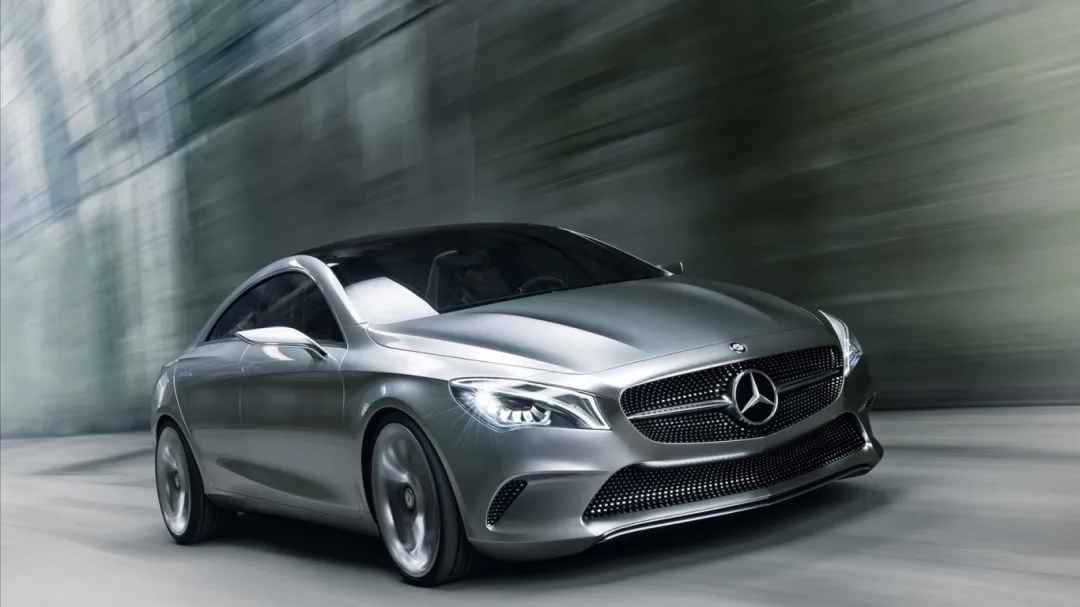
Source: Images from the Internet, if there is any infringement, please contact the removal of
Mercedes-Benz, headquartered in Stuttgart, is a world-class luxury automobile brand and is regarded as one of the world's top luxury car brands, praised for its advanced technology, high-quality standards, innovation capabilities, and a series of classic coupe models. Internationally, the brand is commonly abbreviated as Mercedes. In mainland China, it is known as "Benz", in Taiwan as "Binzhi", and in Hong Kong as "Pingzhi".
In 1883, Karl Benz, Max Rose, and Friedrich Wilhelm Esslinger jointly established Benz & Co. Rheinische Gasmotoren-Fabrik (Benz & Cie). On January 29, 1886, Karl Benz applied for a patent for his three-wheeled "transport vehicle equipped with a gasoline engine", marking the official birth of the world's first car. After years of research and development, in 1894, Benz launched the world's first mass-produced car, the Velo. In 1900, Benz & Cie had become the world's largest automobile manufacturer. In 1909, they manufactured the world's fastest racing car at that time.
In 1884, Gottlieb Daimler began to study the four-stroke engine and soon invented a lighter and smaller engine that could be installed on vehicles. When installed on a bicycle, it became the earliest motorcycle. In 1886, Daimler and his chief engineer, Wilhelm Maybach, installed an improved engine on the world's first four-wheeled car. On January 29, 1886, two Germans, Karl Friedrich Benz and Gottlieb Daimler, obtained the patent for the world's first car (Patent No.: DRP37435) and were hailed as the "inventors of the car", and this day is known as the birth date of the car.
In 1890, Daimler founded his own automobile company, DMG (Daimler-Motoren-Gesellschaft). He and Maybach jointly developed the first Daimler car, which attracted a lot of attention. In 1897, the merchant Emil Jellinek visited DMG and quickly changed from being DMG's first customer to its sales agent. In the 1900 "Nice-La Turbie" mountain race, Emil Jellinek, who was obsessed with motor sports, suggested that DMG manufacture cars with greater power and easier control.
Unfortunately, although Gottlieb Daimler and Karl Benz lived in two cities only 80 kilometers apart, they never met. After their deaths, their respective companies were managed by their heirs.
Since December 22, 1900, when the Daimler-Motoren-Gesellschaft (DMG) presented the world's first car branded as Mercedes to its customers, Mercedes-Benz cars have become a model in the automotive industry. Its brand logo has become one of the most famous automotive brand logos in the world. Over the past 100 years, the Mercedes-Benz brand has always been a pioneer in automotive technological innovation.
Gottlieb Daimler applied for the patent for the three-pointed star logo in 1909, while Benz had a circular emblem. Gottlieb Daimler's logo originated from a letter he wrote to his wife. He believed that the star drawn on the roof of his house would bring him good luck, and this three-pointed star also symbolizes the development of the Mercedes-Benz automobile company in the three directions of land, sea, and air. In 1909, Mr. Gottlieb Daimler changed the gear pattern inside the three-pointed star to a laurel branch to commemorate the mass production of his cars, signifying victory.
In June 1909, the Daimler Automobile Company applied for the registration of the "three-pointed star" as the logo of its cars, symbolizing mechanization on land, water, and air. In 1916, a circle was added around it, with four small stars inlaid above the circle and the word "Mercedes" below.
Since 1926, all cars, whether high-end, mid-range, or low-end, have been unified under the same name "Mercedes-Benz". There is an interesting story behind this name. In 1899, Emil Jellinek, the Austrian Consul General in Germany, ordered three Daimler Phoenix cars. He named them after his daughter, Mercedes, and drove one of them to participate in the Nice Rally and won the championship. Emil believed that his daughter's name brought good luck and suggested that the Daimler Company adopt this name. The Daimler Company also hoped to use this Austrian nobleman to open up the Austrian market, so it adopted this name. Unexpectedly, the sales volume increased significantly. Later, the Daimler-Benz Company also named all its products Mercedes-Benz.
After World War I, due to inflation, the automobile sales industry fell into a difficult situation, and only companies with strong financial strength and excellent products could survive. In this context, DMG and Benz & Cie transformed from fierce competition to a strong alliance, achieving the integration of design, production, procurement, and sales. From 1924 to 1926, DMG and Benz & Cie still used their respective trademarks but jointly marketed their products. The original logo of Benz was the letters "Benz" surrounded by a laurel branch. On June 29, 1926, these two oldest automobile manufacturers finally merged into Daimler-Benz AG and began to produce Mercedes-Benz branded cars. The star logo and the laurel branch of Benz were finally combined, with the words "Mercedes-Benz" below. Later, the laurel branch was changed to a ring, and the words "Mercedes-Benz" were removed. With the merger of these two long-established automobile manufacturers, the company applied for the patent for the logo again. The star logo in the ring evolved into a pattern and became one of the most famous trademarks in the world. Currently, Mercedes-Benz is a division of Daimler AG.
In October 2024, in response to the decision of the European Commission to impose tariffs on Chinese electric vehicles approved earlier, Mercedes-Benz issued a statement calling on the European Commission to postpone the implementation of the measures. Mercedes-Benz has always supported free trade based on the rules of the World Trade Organization, including the principle that all market participants should enjoy equal treatment.
On January 10, 2025, it was reported that Mercedes-Benz's vehicle sales in the fourth quarter of 2024 increased by 1% to 520,000 units; the annual sales volume in 2024 decreased by 3% to 1.98 million units. Among them, sales in China decreased by 7%, sales in Europe decreased by 3%, and sales in the United States increased by 9% in 2024. The sales volume of battery electric vehicles in 2024 decreased by 23% to 185,000 units.
In 1986, Mercedes-Benz (China) Co., Ltd. was established in Hong Kong. With the development of its business, in 2006, the headquarters of Mercedes-Benz (China) was relocated to Beijing, and the company was renamed Mercedes-Benz (China) Automotive Sales Co., Ltd. (hereinafter referred to as Mercedes-Benz China), which has the distribution rights to sell all imported products under the Mercedes-Benz Automotive Group in the Chinese mainland.
The products currently sold by Mercedes-Benz in China include: sedan series - S-Class, E-Class, C-Class; sports car series - SLK two-seater sports car, CLK sports car, CLS coupe, CL large luxury coupe, SL luxury sports car; SUV series - R-Class large luxury sports tourer, ML multi-purpose off-road vehicle, GLK mid-size luxury off-road vehicle (vertically replaced by GLC in 2016), GL luxury off-road vehicle, G-Class off-road vehicle; B-Class luxury sports tourer; nearly 40 models of Mercedes-AMG, smart, and Maybach brands, building the richest product line in the Chinese market and providing consumers with more personalized choices.
Porsche
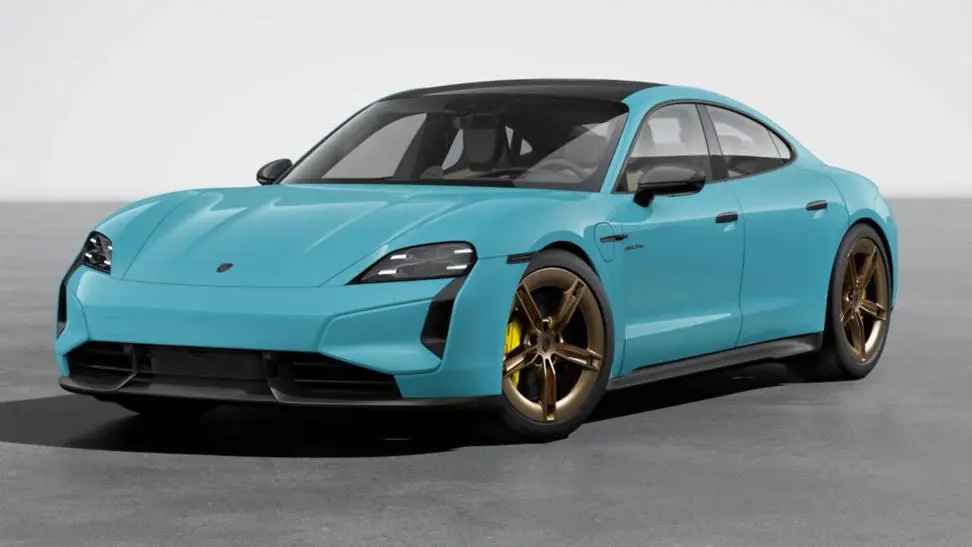
Source: Images from the Internet, if there is any infringement, please contact the removal of
Porsche (also known as Porsche, where "Porsche" is the Cantonese pronunciation translated by Hong Kong people, and "波尔舍" is the Mandarin pronunciation) is a German automobile brand with its headquarters in Stuttgart, founded by Ferdinand Porsche (referred to as "Big Porsche").
Porsche's history can be traced back to 1900 when the first car named Porsche - the Lohner-Porsche made its debut and caused a sensation. This two-seater sports car was designed by Ferdinand Porsche. At that time, the 25-year-old Big Porsche was employed as a designer at the Lohner car factory, showing his outstanding talent.
Big Porsche was born in Austria in 1875, and his father was a tinsmith. Ferdinand was interested in tinsmithing since childhood and also had an interest in electrical engineering. In 1890, he began to engage in the development of electric and gasoline-electric vehicles.
In 1906, Big Porsche transferred to the Austrian branch of the Daimler car factory and served as the technical director. In the following decade or so, he designed several epoch-making new cars, such as the SS and SSK sports cars of Daimler-Benz and the Grand Prix cars of the Auto Union, which became glorious chapters in the German automotive industry. In 1923, he was promoted to the chief engineer of the Daimler main factory. In 1926, Daimler and Benz car factories merged into the current Mercedes-Benz car factory.
During this period, Big Porsche proposed to Mercedes to produce a production sedan that the public could afford, but was rejected by the board of directors at that time. This led to Big Porsche's departure. On March 6, 1931, with the help of several investors, Big Porsche established a design company in Stuttgart, specializing in the development of engines for cars, aircraft, and ships. Ferry Porsche (referred to as "Little Porsche") also joined the design team at the age of 24. Subsequently, the father and son began to work on the development plan of the "people's car". It is little known that the wishes of the Porsche father and son coincided with those of Adolf Hitler. Hitler even summoned Big Porsche to discuss this matter. During World War II, he designed the fearsome Tiger tank for Hitler. Due to his connection with the German Nazis, after World War II, he was arrested by the Americans and later handed over to France. He was imprisoned for two years and was released in August 1947.
In 1935, the company's prototype car was born, which later became the "Beetle" of the Volkswagen Company. To this day, the improved version of the "Beetle" is still in production and is one of the best-selling models in the world. In the 1930s, Big Porsche also designed three high-performance racing cars for the predecessor of the Audi car factory - the Auto Union, and these racing cars are considered the predecessors of Porsche sports cars.
After World War II in 1946, Porsche's design company moved to Austria, and Little Porsche and his sister Louise Piech officially joined the management team. Louise later became a member of the Piech family, and the two families have been closely linked since then.
With the assistance of his son and daughter, Big Porsche, based on the "Beetle", jointly engaged in the research and development of Porsche cars. Due to the father and son's indescribable enthusiasm for performance, the first self-developed Porsche car was a sports car renowned for its performance, namely the Porsche 356 launched in 1948. Just like the Porsche sports cars launched later, the 356 had a lightweight body, a low drag coefficient, flexible handling performance, and an air-cooled engine, making it unique. In 1951, Big Porsche, who had realized his dream of manufacturing his own sports car, passed away.
At the Frankfurt International Motor Show in 1963, the Porsche 911 model was presented, and this design still has a wide market today. Its body designer is Ferdinand Alexander Porsche, the eldest son of Ferry Porsche. The Porsche 928 with a rear gearbox chassis and V-8 engine, the new technology 959 model, and the 911 Car

